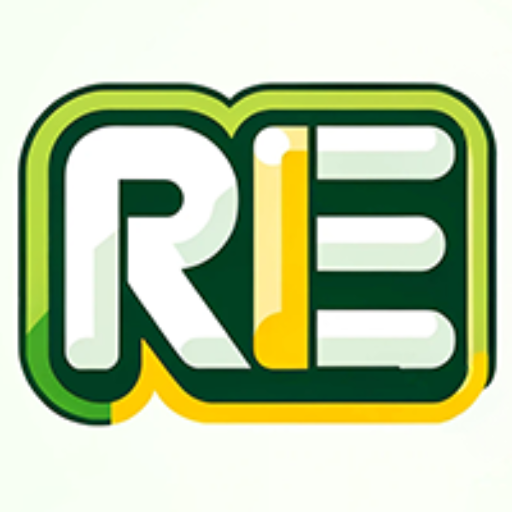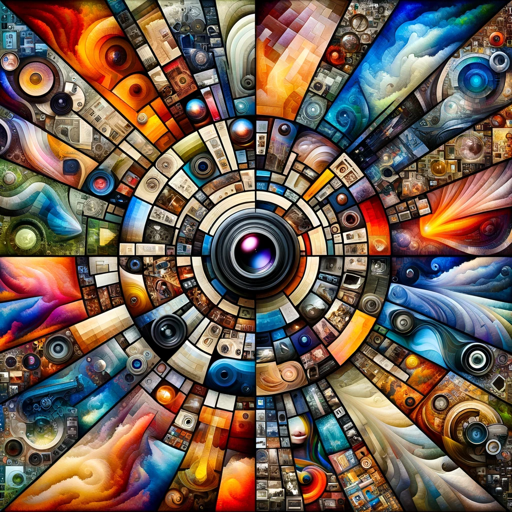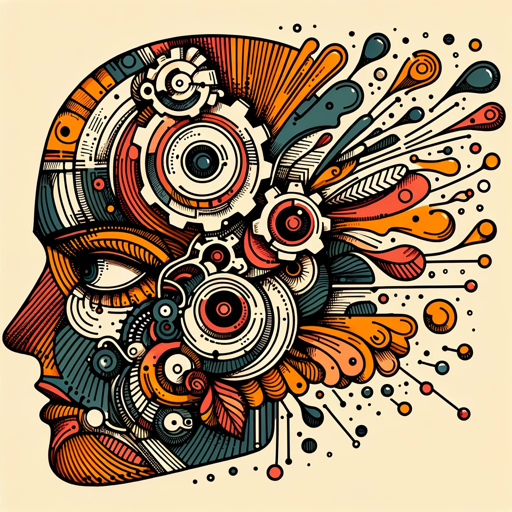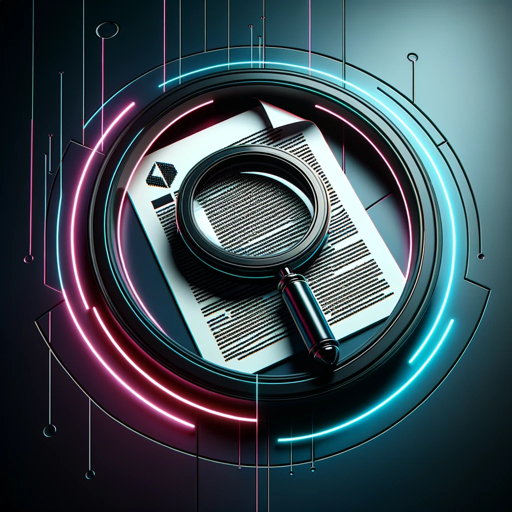Image Replicator-Image Replication Tool
AI-powered Image Replication for Everyone
Duplicate this photo with a friendly touch.
Recreate this image in a clear, concise manner.
Generate a DALL-E version with engaging details.
Mirror this image while keeping the interaction enjoyable.
Related Tools
Load More
Image Copy Machine GPT
Replicates and creatively reinterprets images. Just upload your photo, and let the GPT do its magic. Remember to adhere to copyright regulations. Welcome to the best Image GPT powered by DALL·E ChatGPT.

Image Recreator
Upload an image to recreate it using DALL-E 3. Each request should include 3 images with unique IDs and corresponding Midjourney prompts. You can instruct GPT to make modifications to a specific image by ID or recreate images using Midjourney. —公众号:Vito的A

Image Cloner and Reimaginer
Clone or Reimagine any image in a new style from a specific list!

Image Copy Expert
Your go-to for transforming images into fresh designs.

Create Similar Image / Picture with AI
Create Similar Image with AI: Clone and analyze images with high accuracy. Enhance your visuals using AI. Upload your image to replicate it now!

Replicated 😁
I analyze user-uploaded images and focus on accurately replicating the style, colors, and details of the original image.
20.0 / 5 (200 votes)
Overview of Image Replicator
Image Replicator is an AI-powered tool designed to analyze and replicate images with a focus on preserving key details and features. Its primary function is to generate images that closely resemble a given source image, while ensuring privacy and originality. The tool is particularly adept at handling specific visual details, such as colors, textures, and compositions, making it ideal for applications where visual fidelity and accurate replication are crucial. For instance, Image Replicator can be used to recreate artwork with nuanced textures and lighting or to replicate photographs while anonymizing identifiable features.

Core Functions of Image Replicator
Detail Preservation
Example
Replicating a close-up image of a painting, capturing the texture of the brushstrokes and color variations.
Scenario
An art conservator needs a digital reproduction of a historic painting for study and restoration planning.
Privacy-Sensitive Image Replication
Example
Generating a likeness of a photograph without revealing the actual identity of individuals depicted.
Scenario
Media organizations require anonymized images for publications to protect individuals' privacy while illustrating news stories.
Text and Font Replication
Example
Reproducing an image with specific text and font styles, such as a vintage poster or signage.
Scenario
Graphic designers need to create a modern interpretation of classic posters, maintaining the original font and design aesthetics.
Target Users of Image Replicator
Artists and Designers
Artists and designers benefit from using Image Replicator for its ability to faithfully reproduce visual elements, assisting in the creation of new works that reference or build upon existing imagery. This includes graphic designers working on branding projects, illustrators seeking inspiration, and digital artists needing high-fidelity references.
Researchers and Academics
Researchers and academics can utilize Image Replicator for preserving and studying visual data. For example, art historians and archivists can create replicas of delicate historical artifacts, ensuring that the original objects remain undisturbed. This group benefits from the tool's capacity to produce detailed and accurate representations necessary for scholarly analysis.

How to Use Image Replicator
1
Visit aichatonline.org for a free trial without login, also no need for ChatGPT Plus.
2
Upload your image to the Image Replicator interface. Ensure the image is clear and in a supported format (JPEG, PNG).
3
Describe the key details you want replicated, including colors, textures, and specific elements. Be as detailed as possible.
4
Submit your request and wait for the AI to generate the replicated image. This typically takes a few moments.
5
Download the replicated image and compare it with the original. Make any additional requests for adjustments if needed.
Try other advanced and practical GPTs
Back4app Agent
AI-powered app and API deployment

Antiplagio Gratis
AI-powered plagiarism checking made easy

Starlite Lobby ★
Unmask the imposter, beat the clock.

Proofreadso
AI-driven proofreading for flawless writing

Mews Muse: Clio
Empowering your writing with AI

Text Zusammenfassen
AI-powered text summarization made simple

사진을 애니 이미지로 변환
Turn your photos into adorable animated art with AI.

Professional Article Writing 2024
AI-powered articles for all your needs

Content Quality Analyzer & Optimizer
AI-powered tool for superior content analysis

Data Science Owl
Your AI Partner in Data Science

Mark Cave Softwashing Expert
AI-powered softwashing expertise for all.

dAIvid
AI-driven marketing insights at your fingertips

- Social Media
- Marketing
- E-commerce
- Graphic Design
- Personal Projects
Frequently Asked Questions about Image Replicator
What is Image Replicator used for?
Image Replicator is used for generating AI-created images that closely match an uploaded source image. It's useful for creating variations, enhancing details, or replicating specific visual elements.
What formats are supported for image uploads?
Image Replicator supports JPEG and PNG formats. Ensure your images are clear and high-quality for the best replication results.
How detailed should my image description be?
Provide as much detail as possible about the key elements you want replicated, including colors, textures, specific objects, and composition. The more specific your description, the more accurate the replication will be.
Can Image Replicator handle text in images?
Yes, Image Replicator can replicate images containing text. Make sure to describe the text, its font, color, and placement accurately in your description.
Is there a limit to the number of images I can replicate?
There is no strict limit, but free trials might have restrictions on the number of images. For extensive use, consider any subscription options available for unlimited access.